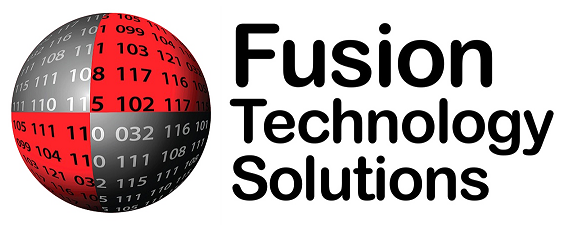Just as you create a revenue forecast, a set of employee processes, and a plan for efficiency and morale, you must prepare disaster backup and recovery for your business continuity following a disastrous event. Although California wildfires are expected events, no one ever feels prepared for the destruction left in their wake each year.
Cybersecurity for small businesses incorporates data integrity and privacy to foster client trust—and it also involves disaster recovery to ensure business continuity. Recovery and continuity are not just about protecting your data for daily operations; they also entail putting a protection plan together should the worst occur.
What Is Disaster Recovery and How Does It Relate to Business Continuity?
Disaster recovery refers to the ability to restart IT operations immediately following a disastrous event that halts or shuts down your business temporarily.
Do you know how long your business would be down should a wildfire affect its ability to function at full capacity? How much revenue would you lose daily when your business isn’t fully functional?
Disaster recovery may include data backup locally, in the cloud, or both. However, disaster recovery is comprehensive, copying all of your data and storing it securely off-site. Wholly recovering your IT environment is crucial for business continuity.
Business continuity refers to the ability to continue business operations amid a disaster, meaning your data is accessible and your network can power work-from-home operations for employees also affected by the disaster.
Why Disaster Backup and Recovery Are Important for California Businesses
Having a plan for data backup and recovery applies across the board but particularly so for businesses in disaster-prone areas. Both the United States Department of Labor and the Occupational Safety and Health Administration urges wildfire preparedness, so companies can protect their employees and evacuate promptly whenever necessary.
While the physical safety of your employees is a top priority, so are services like disaster recovery and business continuity. They should be at the top of your list because they protect your data and revenue and secure the jobs of your workforce. Then, no matter what occurs at the physical location, you can support operations and stay in touch with your teams, supporting business continuity and morale.
What Is the 3-2-1 Rule?
The 3-2-1 rule provides you with a simple, easy-to-remember framework to protect your data. This rule reminds you to have at least three copies of your data stored in two different places—and one of those places should be off-site.
3 copies
With three different copies available, you can recover your data. This is a vital aspect of your backup system when securing your business.
2 storage locations
You must secure your data copies in two separate locations. If one storage location gets damaged, you can rely on the second location.
1 off-site storage location
Storing data in two separate rooms within the same office building could cause you to lose everything should the entire building erupt in flames. Instead, always store at least one version of your backup data in an off-site location.
Backup and Protect Your Data By Investing in Fusion Technology Solutions
While the 3-2-1 rule is foundational, a focus on properly backing up your company’s data means you need experts who can help ensure there are no gaps in your protection plan. Comprehensive disaster recovery is the only way you can ensure business continuity because one minor oversight can completely derail your strategy.
A managed service provider (MSP) makes the difference between thinking you’ve covered all bases and knowing you’ve covered all bases. Schedule a free consultation with Fusion Technology Solutions to begin a protection plan for your business and give yourself peace of mind.

